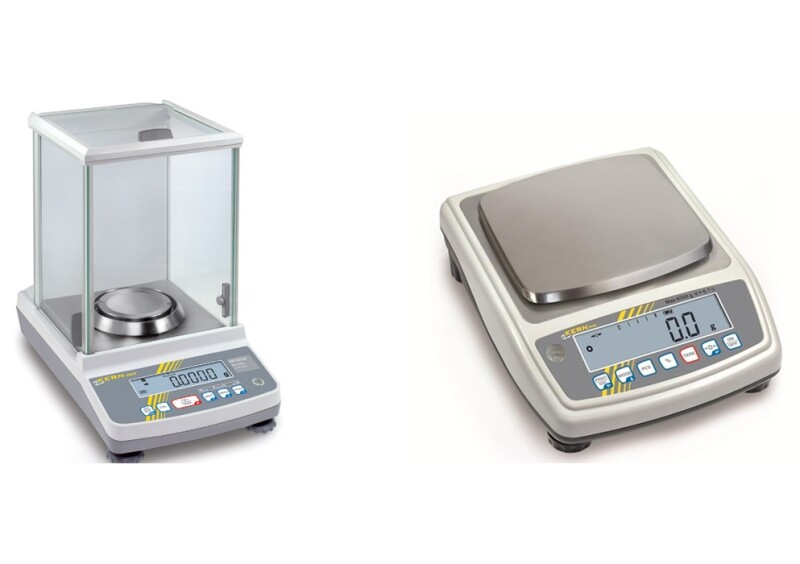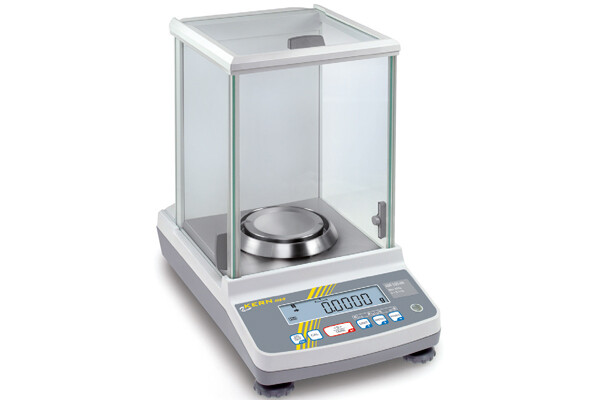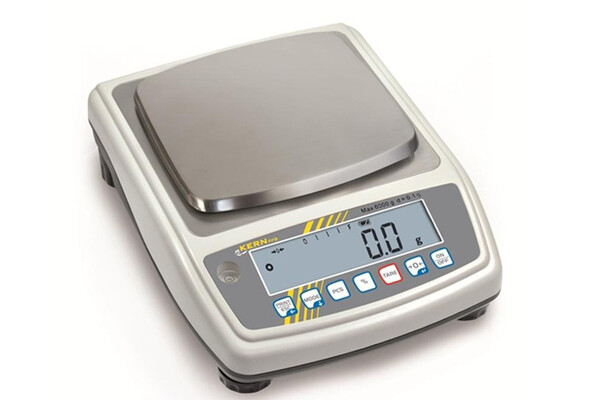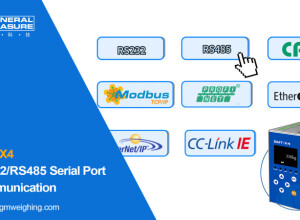Solent Scales Services Ltd. (United Kingdom) - While precision balances are true to their name, it is possible to achieve yet further granularity.
This is true when using analytical balances, which are renowned for being both highly sensitive and highly precise.
A staple of laboratories, universities and veterinaries the world over, they enable trained professionals to record the definition of exact measurements.
Here’s everything you need to know about a unique and invaluable piece of equipment…
Overview:
Analytical balances are designed to measure mass.
They allow for quantitative chemical analysis right down to the decimal point. Unlike the precision equivalent they offer readability to four decimal places and with them a range of 0.1mg – 0.01mg.
While that capability is reflected in price, it’s an outlay few scientists would protest.
Analytical balances are ones typically deployed for the weighing of chemicals, hazardous components or medicine.
Different models afford different functions (more on that below) but all must be utilised in controlled environments. Indeed, great care should be taken to ensure the accuracy of readings, which are often skewed by variables, such as the sensitivity of the apparatus.
To help with that, all come complete with a glass cabinet, otherwise known as a weighing chamber. Acting as a draft shield, this guards against the likes of dust and air currents, which can seriously compromise work.
Standard applications for analytical balances include the following:
- Formulation
- Density Analysis
- Differential Weighing
- Interval Weighing
- Pipette Testing
How To Use Analytical Balance:
In order to limit the margin of error, analytical balances should be setup in a quiet room, closed off from distractions. Here, it should be placed on a flat and sturdy surface.
Once connected, end users should wait patiently for the balance to conduct its own internal checks before eventually displaying zero on-screen.
Only then is it wise to open the glass door and place your chosen substrate on to the middle of the pan, doing so with either tongs or tweezers.
While substances can be handled, it’s best to do so with gloves because fingerprints are an example of something that can add mass. Yes, they really are that sensitive!
The safest way to transport chemicals is by adding them to a sheet of weighing paper you have folded at both corners. This should be pre-weighed and tared off.
Those looking to reach a desired weight need only add materials until that is shown digitally. Once that number is hit, they close the door and wait for their reading to stabilise. It’s worth noting this process takes longer with an analytical balance than a precision balance.
Modern balances can be wirelessly connected to both computers and printers, meaning records are easily stored. Even so, veterans of laboratories still tend to make a note by hand for peace of mind.
Once work is completed, standby mode should be selected before the machine is switched off entirely. It then serves to carefully clean the inside of the draft shield using only a soft brush.
Capabilities:
Newer analytical balances, including those manufactured by Kern and Ohaus, bring with them added functionality.
This includes the likes of counting and check counting settings, ideal for totalling small pieces such as tablets.
Others offer percentage weighing and some dynamic weighing, invaluable when handling unpredictable samples like liquids.
Nearly all now boast high-contrast backlit displays for easy readability, while several units can be used ranging from grams to ounces.
Then you have accumulation, which greatly simplifies the weighing process. Rather than lacing all contents onto to the balance, operators can instead accumulate the results of doses to arrive at the final total.
These products are best deployed for samples weighing no more than 320 grams and outperform the likes of top loading balances in identifying small variations.
Anyone looking to deal in extremely precise measurements gravitate towards analytical balances, and for good reason.
Caution:
That said, great care must be taken to protect the integrity of any measurement.
Several factors can impinge on accuracy and render your work meaningless.
Among them are changes in temperature. A sudden increase can compromise the balance, causing the sample to enlarge or water to evaporate from it.
Likewise, an unforeseen drop can lead to condensation and the opposite of product expansion… contraction.
Room temperature is best maintained and should never fluctuate by more than 2%.
Similarly, humidity levels should be monitored. Anything below 40% can create a dry environment and with it unwanted static electricity.
Elsewhere vibration has been known to undermine weighing. This can stem from any movement around the balance, including footfall and the opening and closing of draws and cupboards. The likes of air conditioning can even lead to small tremors (air currents) picked up by the scales.
These factors are why only trained professionals, at one with ISO and GLP (US) protocols are encouraged to use analytical balances. They’re also less prone to human error, only truly combated with experience and strict operating procedures.
And of course, all models require regular maintenance and calibration if they’re to perform as expected.
In summary, analytical balances define precision weighing and are undoubtedly the best option for measuring small samples. Their accuracy is due in no small part to their sensitivity, which necessitates great preparation and attention to detail.




























Interested? Submit your enquiry using the form below:
Only available for registered users. Sign In to your account or register here.